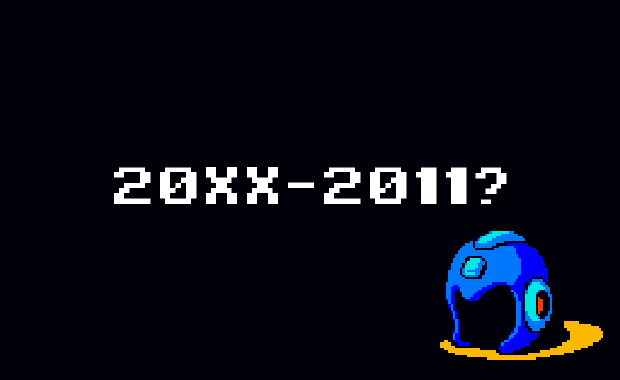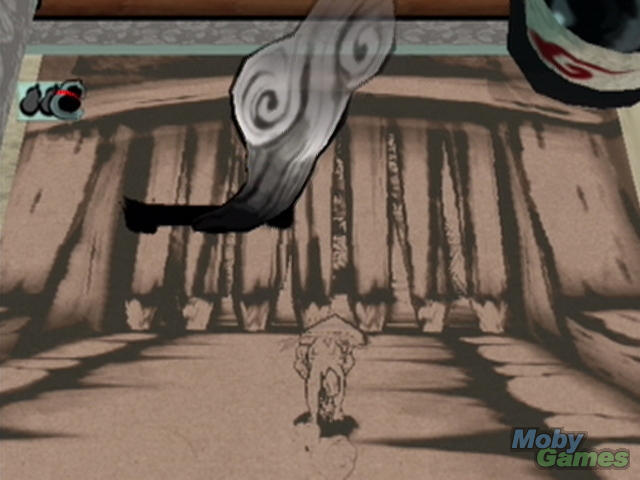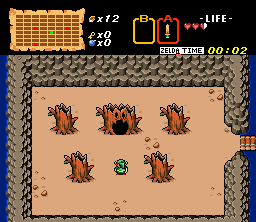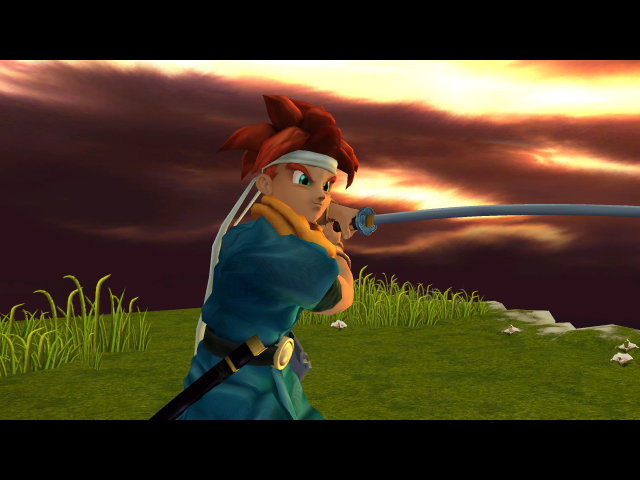I was born in 1988 and grew up in the grip of Nintendo
mania. During that time, I played a number
of fantastic games from the NES and SNES, as well as the Sega Genesis and
Master system. However, the games were
only half the fun for me, as a child. My
brother liked to hog the systems, so I amused my self with his copies of
Nintendo Power or with the manuals that came with our games. Why?
Because in that era, manuals for video games were works of art unto themselves. Which is why today, it pains me to denounce the video games industry for their exceedingly pathetic supplemental material for modern video games.
 |
| 3 pages. Why is this manual 3 pages?! |
Now, for
anyone born after 1998, this may raise a few eyebrows. Video games come with manuals, naturally, but
they aren't anything special. They give
you a little background into the game, the story, the characters, and tell you
the controls. However, as time wore on,
the need for manuals seemingly decreased.
Games had tutorials for teaching players the mechanics and if they
wanted story, they could just play the game.
However, this logic is, in my opinion, horribly flawed. Game manuals and supplemental materials can
do far more for video games than simply instruct. They can immerse.
For example, Final Fantasy 3(6) for the SNES was a crowning achievement in 16-bit RPGs, meshing charming graphics and an unforgettable score with a moving story full of unique characters. However, the game wasn't the only part of Final Fantasy 3(6) which was special.
For example, Final Fantasy 3(6) for the SNES was a crowning achievement in 16-bit RPGs, meshing charming graphics and an unforgettable score with a moving story full of unique characters. However, the game wasn't the only part of Final Fantasy 3(6) which was special.
Showcased
above are images from the manual. They
are in color and chocked full of interesting illustrations from the Final
Fantasy series's longest running character designer, Yoshitaka Amano. It's more like an artbook than a manual in
some places. Next to each character is a
small poetic description, meant to excite the players. Along with these descriptions, the characters
get their own illustrations and a thorough explanation on how their special
moves work, some coming with necessary advice or tips to make them more
effective. The back of the manual is full
of tips and advice, while the front contains a dramatic recounting of the War
of the Magi, a conflict central to the plot of Final Fantasy 3(6). It immerses players in the world's lore,
while giving them advice on how to proceed.
It wasn't the only thing that came with the game though. There was also a full color, double sided map
to help keep players on track. This
entire package sold, at the time of its release, for near what a collector's
edition sells for now. However, this was
just the standard edition. Final Fantasy
3(6) came with all this standard.
Other games
in the early 90s, realizing how difficult they could be, had full color,
hundred page strategy guides pre packaged with their games. Phantasy Star 3 is one such example, offering
complete maps, bestiaries, and item lists for gamers looking to get a little
help with their RPGs.
Even more basic games which didn't have name brand value at least gave it their all. The game manual for the NES title Crystalis had explanations of all the items, a few tips, story bits, and illustrations based on the actual gameplay. They had effort.
Compare that to manuals of today. In front of you is the manual for White Knight Chronicles 2, part of a pair of games that are incredibly complex, have a deep character driven plot, gorgeous graphics, and lots of story. So, how do they do this epic justice? With seven pages giving the most basic description of controls with no attempt made to actually educate gamers on some of the nuances of game play. The manual comes up to fourteen pages if, and only if, players count the foreign language sections. This is pathetic, showing no effort or attempt to immerse or engage the players. It is the most bare bones, waste of space manual one can have.
When did
manuals start receiving such disrespect?
I remember a time when the manual was an integral part of the game
because it offered something the game couldn't.
Take the manual to Metal Gear Solid 2.
It contains within it a small comic that actually explains gameplay by
showing how it would work in the game.
The main character dodges guards, avoids alarms, and uses his weapons or
his fists in the comic in the same way the game uses them. It shows an attempt to engage players with a
unique approach to tutorials and interesting art design.
But games
do not even need to be this inventive.
Adapting gameplay into comic form is hard. However, incorporating world building can be
astonishingly easy for those with a little forethought. Take the manual to Final Fantasy Legend on
the Game Boy. It contains many useful tips
as well as information on players, the world, and items. However in the very back of the book is an
adventurer's diary. It tells the first
few levels of the game as if they were straight out of a novel or a diary of a
fallen adventurer, talking about characters fighting, leveling up, and
advancing through the game. It is
engaging and it is little more than a few words on a page with the occasional
bit of art thrown in, like a helmet or a sword.
It requires no effort beyond someone typing up a few pages of fluff on a
computer. This. Is.
Easy. Why don't developers use
this more? After all, an engaged player
is a player more likely to come back to the same game series and the same
developer.
Some games
can have basic manuals, but can require players to think outside the box as
well. Literally. The original Metal Gear Solid, along with its
remake on the Game Cube, had players look on the back of the box for a code
necessary to advance through the game.
This fourth wall breaking approach adds not only humor but a sense of
involvement from the player in the game, making them more engaged.
The current trend of pitifully uninspired game manuals saddens me greatly. True, not all manuals need to be epic novels, but they are as much a part of the game as the story or gameplay. They deserve respect. And it is only in recent years that the plight of manuals have become so dire. While I never owned any of the Ultima games, they came with special fluff books and cloth maps that fleshed out the game world. These days, games with these "extras" require a premium price.
There are
exceptions to this rule, of course. Take
the Last Story. It was a game released
in packaging that resembled a book, with an artbook inside as well as a fully
equipped manual that gave character descriptions, world building elements, and
tutorials. However, this game was only
released as such because it was a pre-order only release. A re-release of Tactics Ogre on the
Playstation Portable included a pack of tarot cards matching those used in the
series. But only if players pre-ordered
it. The Arc The Lad Collection on the
Playstation 1 contained a huge full color art book that doubled as the
instruction manual, included standard.
However, the collection was rare, as games localized by Working Designs
were wont to be. Only for a premium
price or in rare cases do game manuals get the respect they deserve.
Players who
think that this is not an issue should take a short trip through time with
me. From 1993-1998, the Legend of Zelda
games have included a delightful assortment of manuals. They are all colorful, with cartoonish
illustrations of items, fold out or separate maps, and in-depth character
backgrounds. Compare that to the White Knight Chronicles manual, with it's black and white walls of text meant to give as little imagination as possible. Game manuals have slowly, but steadily been
dying out or getting worse. Even the Skyward Sword manual, which I no longer have, sadly, was in color, even though it lacked maps or character bios.
 |
| 1992 |
 |
| 1993 |
 |
| 1998 |
On one
level, I understand. The world of video
games is going further and further towards digital releases. Steam, XBLA, PSN, the Virtual Console. All of these negate the need for manuals to a
degree. Yet, many still include manuals
or instructions within the game. So, let
me make an ultimatum for game developers. Games are constantly being re-released,
released with pre-order only content, or released in collector's editions for
this supplementary material which was once standard. Yet mainstream games are criminally
neglected. It's time to make a
choice. Do not try to play both sides,
games industry. Either have your
collector's editions, while giving us the manuals we deserve, that do world
building, engage, inspire, etc...or eliminate them altogether and go
digital. I do not want to see manuals
die out, as they helped me learn to read as a child. However, the world is going in a new
direction. And sometimes we have to
adapt to change. But what I hate is a
games industry trying to play both sides, by showing zero effort with their
manuals on regular editions, but releasing "the good" versions for
collectors just so they can milk another 10-60 dollars from players. Do not short change manuals to save a buck if
you're still going to pretend that they need to be there. Go all or nothing.
I grew up
with video games which were fighting for their audience. And all the pictures above are of games and supplemental material
from my personal collection. I decided
to include them because I wanted to show how these older games had to engage
players on a greater level than games of today.
They included guides, maps, colorful booklets...and that's why I lament
seeing a tiny instruction manual like the one in White Knight Chronicles
2. It shows a general lack of effort in
the game industry, which has punctuated this generation of gaming. A lack of effort which disengages
gamers. Why is this personally important
to me? Well, because I've got a list of
modern games I thought I wanted to play.
But no matter how cheap they get, I can't bring myself to buy them,
because they are so samey. So
unengaging. So...boring. Compared to the games I just mentioned, they
are like trying to tell someone that a piece of lead is actually gold, painted
grey. And that is bad for the whole
games industry...whether they realize it or not.
That brings
me back to the question asked in the title of this article. Where have all our cloth maps gone? They've either been trashed to save a few
dollars, or they've been stuffed into an expensive collector's edition. A cruel fate for something that can do so
much for world building. And without a
solid foundation for world building...these game worlds will eventually come
crumbling down.















































